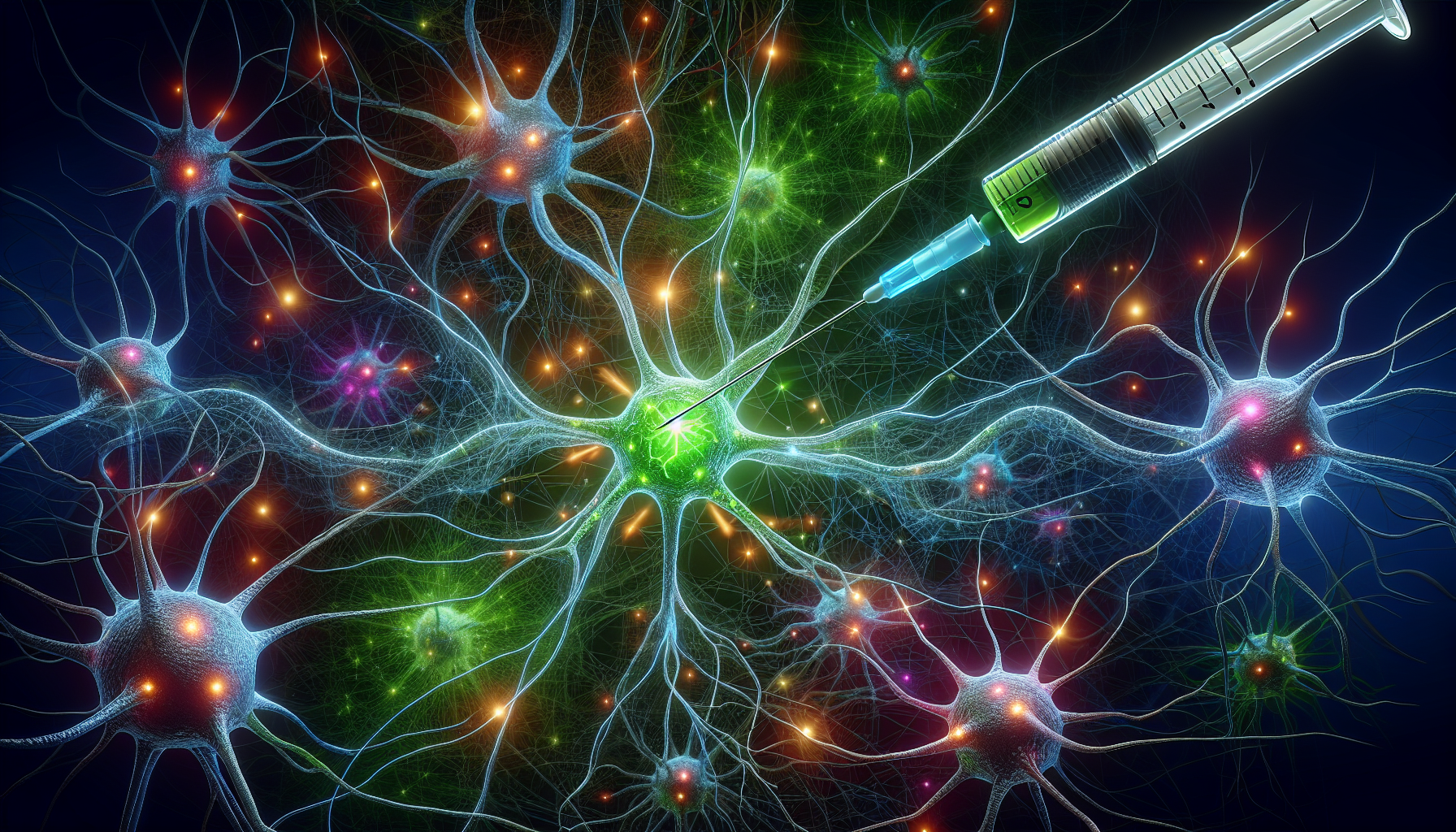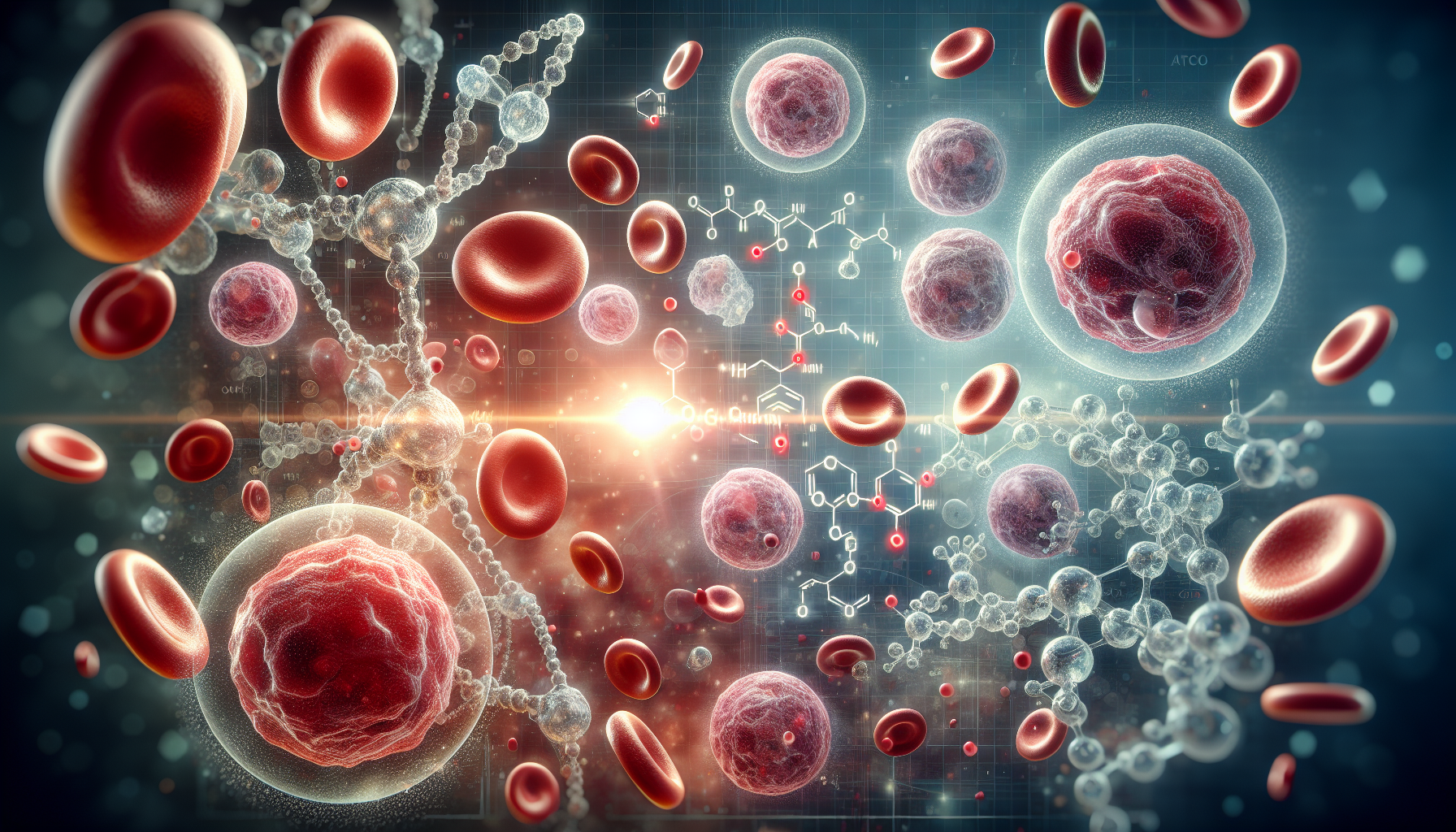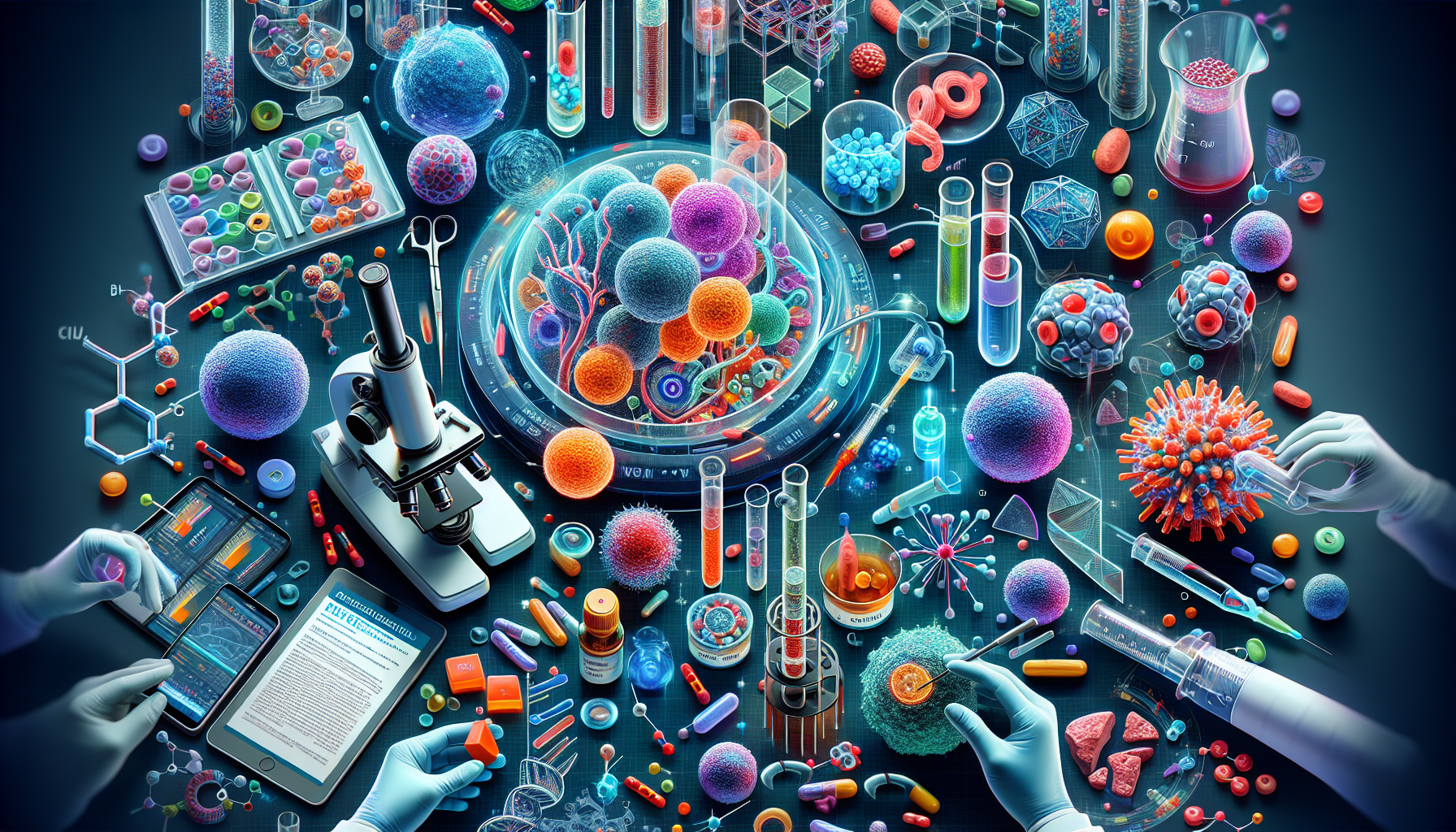Acute Lymphoblastic Leukemia Patients with UCART22 Therapy
Key Takeaways
- UCART22 earns orphan drug status as a hopeful treatment for leukemia.
- Early trials show promising response rates for relapsed B-cell ALL patients.
- Ongoing studies aim to confirm efficacy and establish safe dosing levels.
Did You Know?
Introduction to UCART22
UCART22 is a groundbreaking CAR T-cell therapy that targets CD22 and is being developed for the treatment of acute lymphoblastic leukemia (ALL). Recently, it earned orphan drug designation from the European Commission, highlighting its potential to transform care for ALL patients.
Current Study on UCART22
The therapy is under investigation in the phase 1 BALLI-01 trial, aimed at patients with relapsed or refractory B-cell acute lymphoblastic leukemia (B-ALL). These patients often have limited treatment choices, especially if previous therapies like CD19-directed CAR T-cell therapy and allogeneic stem cell transplants have failed.
This current trial is significant as it examines different dosage levels and aims to find a suitable and effective dose for larger phase 2 trials. The early results from this trial show promise, with some patients experiencing beneficial outcomes.
Initial Findings and Efficacy
The BALLI-01 trial has reported promising initial findings. For instance, patients treated with UCART22 process 2 (P2) at a dose of 1.0 x 106 cells/kg had a 67% overall response rate (ORR). Another group using an earlier version of the process, known as P1, at a higher dose level of 5.0 x 106 cells/kg, achieved a 50% ORR.
These findings are encouraging, suggesting that UCART22 could offer substantial benefits to those who have exhausted other treatment options.
Safety and Adverse Effects
The safety profile of UCART22 has also been largely reassuring. In the trial, no dose-limiting toxicities were reported, and severe adverse effects were uncommon. Some patients did experience cytokine release syndrome (CRS), a common side effect of CAR T-cell therapies, but most cases were mild and resolved with treatment.
Notably, one patient experienced grade 5 sepsis, a serious adverse event attributed to the treatment, underscoring the importance of monitoring and managing potential risks.
Patient Enrollment Criteria
Patients eligible for the BALLI-01 trial range from 15 to 70 years old and must have a CD22 expression of at least 70%. They also need to have previously undergone at least one standard and one salvage chemotherapy regimen and maintain a robust performance status as assessed by ECOG.
These criteria are designed to select patients who might benefit the most from UCART22 while ensuring they are strong enough to handle the treatment.
Dosing and Lymphodepletion Approach
Various dosing levels and lymphodepletion regimens are being tested in the ongoing trial. The lymphodepletion process, which prepares a patient's body for CAR T-cell therapy, involves specific drugs like fludarabine, cyclophosphamide, and sometimes alemtuzumab.
This approach aims to create a favorable environment in the patient’s body for the CAR T-cells to thrive and be effective.
Success Stories
Patients involved in the trial come from diverse backgrounds but share a common struggle against ALL. A notable case includes a 17-year-old female with a genetic mutation who had undergone multiple treatments without success until UCART22 offered a glimmer of hope.
Other patients, such as a 68-year-old woman and a 27-year-old man, have also participated in the trial, bringing attention to the diverse age range and histories of participants.
Future Prospects
The ongoing phase 1 trial continues to recruit and test patients, with additional data expected by the end of 2024. The results will be crucial in determining the best way to use UCART22 and in planning further studies to confirm its efficacy and safety.
Conclusion
UCART22 represents a promising new chapter in the treatment of acute lymphoblastic leukemia. As research progresses, it may become a vital tool for patients who have few other options, offering hope where there was once despair.
References
- European Medicines Agency - Orphan Designationshttps://www.ema.europa.eu/en/human-regulatory/overview/orphan-designation-overview
- National Cancer Institute - Acute Lymphoblastic Leukemia Treatmenthttps://www.cancer.gov/types/leukemia/patient/adult-all-treatment-pdq
- American Society of Hematology - Annual Meeting Reportshttps://www.hematology.org/meetings/annual-meeting






